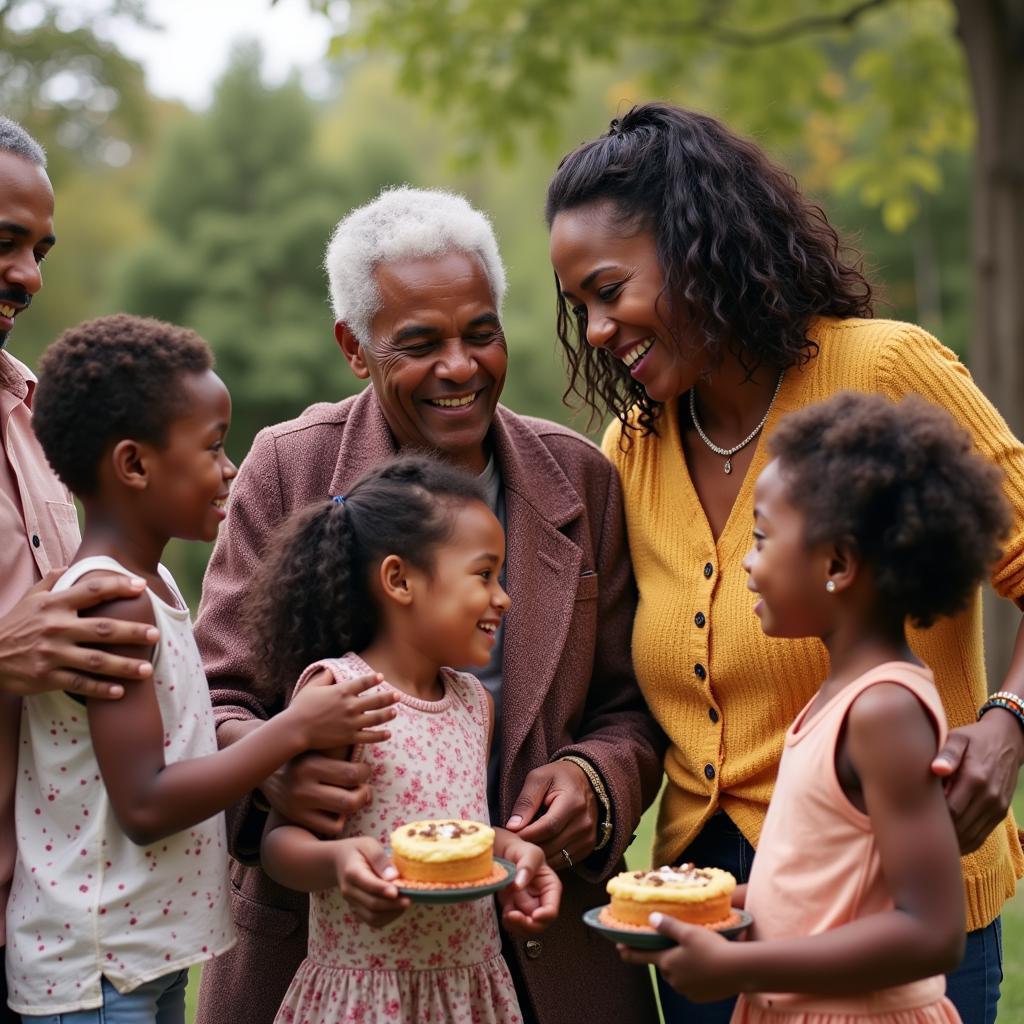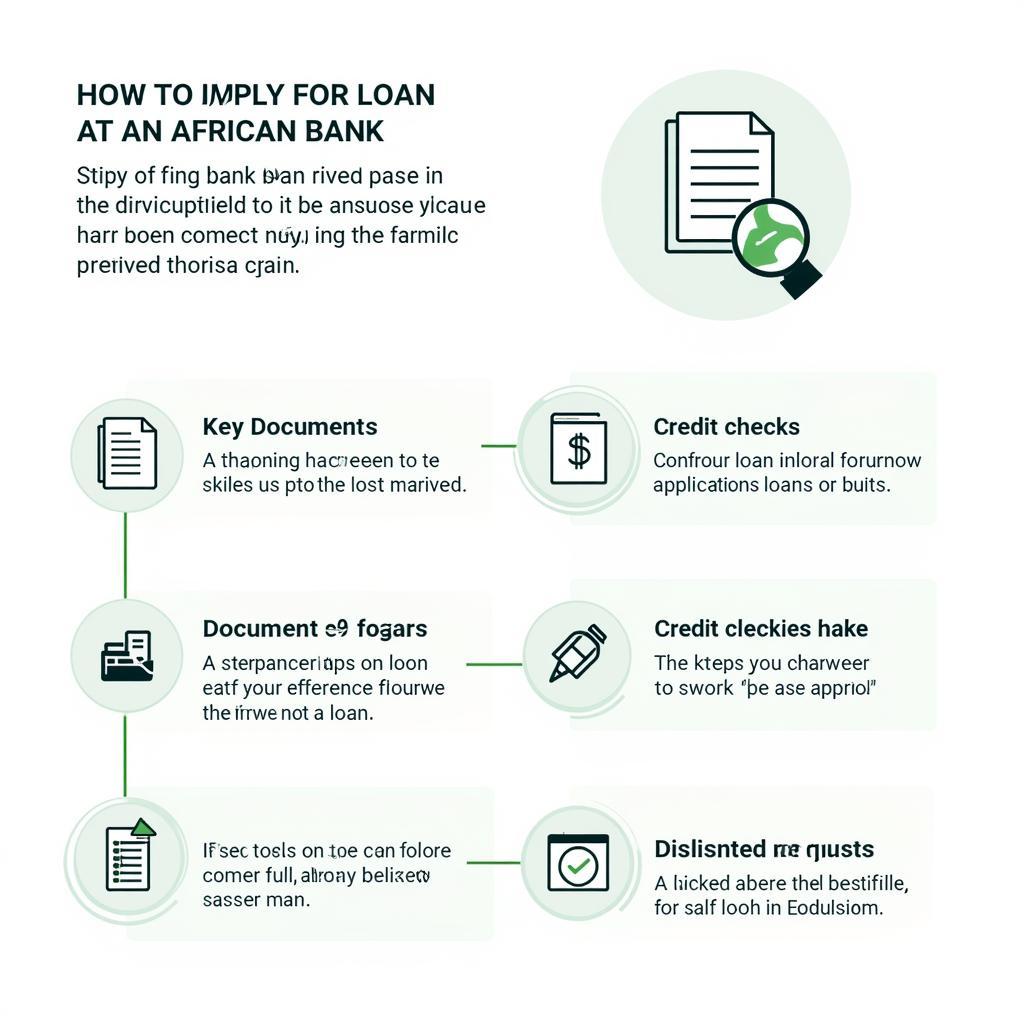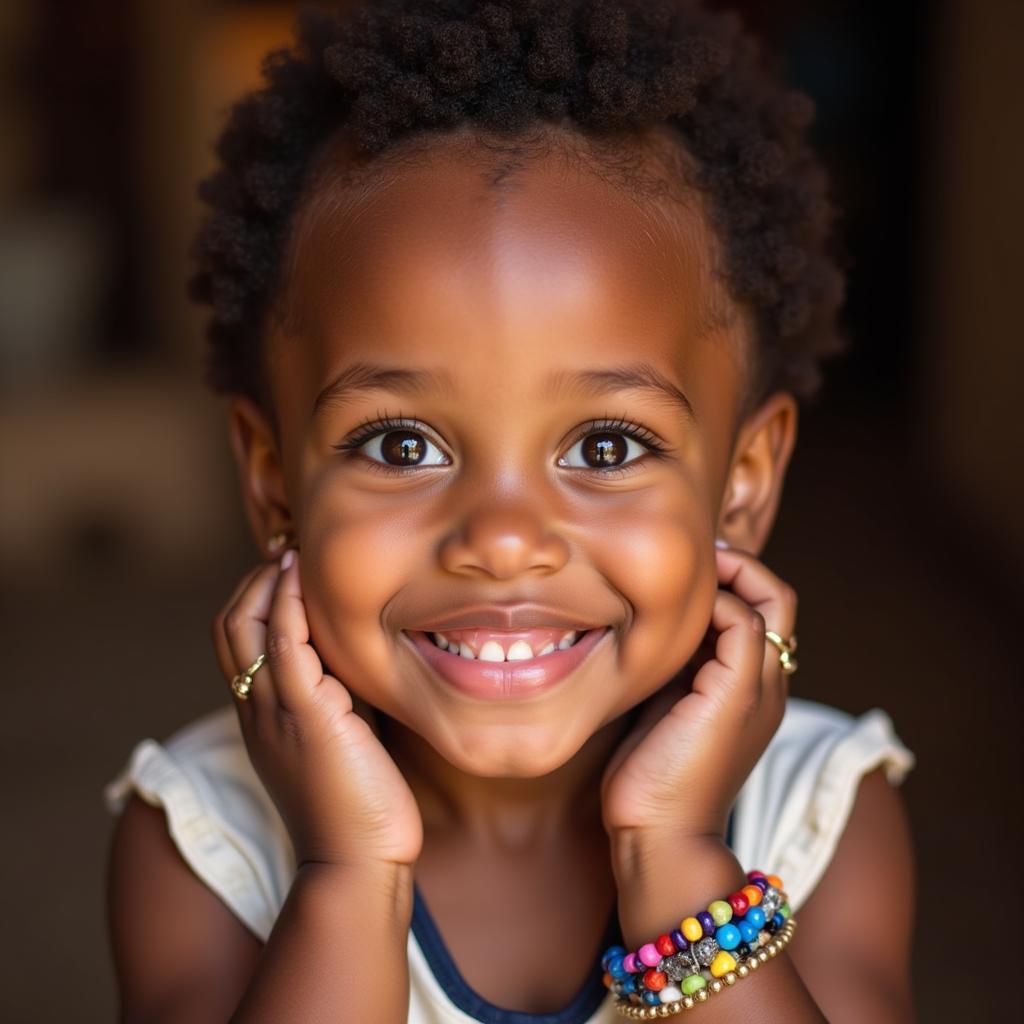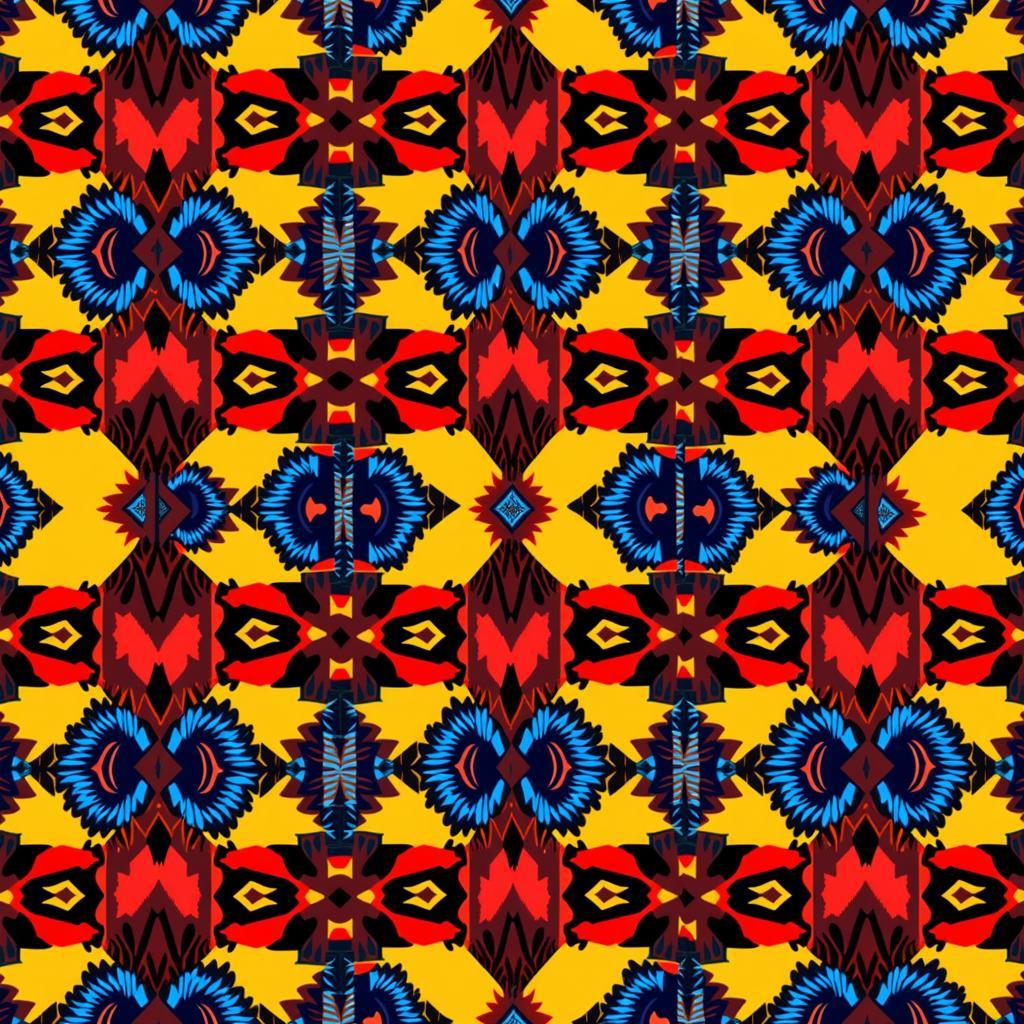African Drum Names: A Rhythmic Journey into the Continent’s Heartbeat
African drums are more than just instruments; they are the heartbeat of the continent, embodying the soul, history, and vibrant culture of its people. From celebratory dances to solemn rituals, these drums play an integral role in the lives of many African communities. Their names, often echoing their unique sounds or cultural significance, offer a fascinating glimpse into the diverse tapestry of traditions across the continent.
The Language of Drums: Why Names Matter
In many African cultures, the naming of a drum extends beyond a simple identifier. It reflects the drum’s purpose, the materials used in its creation, the region it originates from, or even the deity it’s associated with. Understanding these names unlocks a deeper appreciation for the intricate relationship between music, language, and cultural identity in Africa.
A Symphony of Sounds: Exploring Popular African Drum Names
The African continent boasts a wide array of drums, each with its distinct sound and cultural context. Here are some notable examples:
Talking Drum: A Conversational Rhythm
The “talking drum,” as its name suggests, is known for its ability to mimic the tones and rhythms of human speech. Found in West African countries like Nigeria and Ghana, the drum’s pitch is manipulated by squeezing the cords that connect the drumhead to the body. The talking drum plays a crucial role in oral traditions, transmitting messages, praising leaders, and accompanying storytelling.
Djembe: The Heartbeat of West Africa
Originating from the Mandinka people of West Africa, the “djembe” is renowned for its versatility and powerful bass tones. Carved from a single piece of wood and covered with animal skin, the djembe produces a wide range of sounds depending on where and how it’s struck. This drum is central to celebratory events, social gatherings, and spiritual practices in countries like Mali, Senegal, and Guinea.
Bougarabou: The Resonant Voice of Morocco
The “bougarabou” from Morocco stands out with its goblet-shaped design and deep, resonant sound. Traditionally played with a double-headed mallet, this drum is often featured in Gnawa music, a spiritual and healing tradition rooted in Moroccan culture. The rhythmic patterns of the bougarabou are believed to induce trance-like states, connecting participants to the spiritual realm.
Ngoma: A Celebration of Life and Heritage
The term “ngoma,” meaning “drum” in Swahili, encompasses a wide variety of drums found across East and Central Africa. Often played in ensembles, these drums represent a vital link to cultural heritage, accompanying traditional dances, rituals, and ceremonies. In countries like Tanzania and Kenya, the ngoma drums symbolize community, unity, and the celebration of life.
Beyond the Beat: The Cultural Significance of African Drums
African drums transcend their musical purpose; they are powerful symbols deeply intertwined with the social fabric of many communities.
- Ritual and Ceremony: Drums play a crucial role in rituals related to birth, death, marriage, and harvest. Their rhythms mark the passage of time, invoke ancestral spirits, and connect the living to the spiritual world.
- Social Cohesion: Drumming circles and performances provide a space for communities to gather, celebrate, and strengthen social bonds. They foster a sense of belonging and shared cultural identity.
- Oral Tradition: Drums often accompany storytelling, transmitting history, knowledge, and cultural values from one generation to the next. The rhythmic patterns enhance the narrative, making it more engaging and memorable.
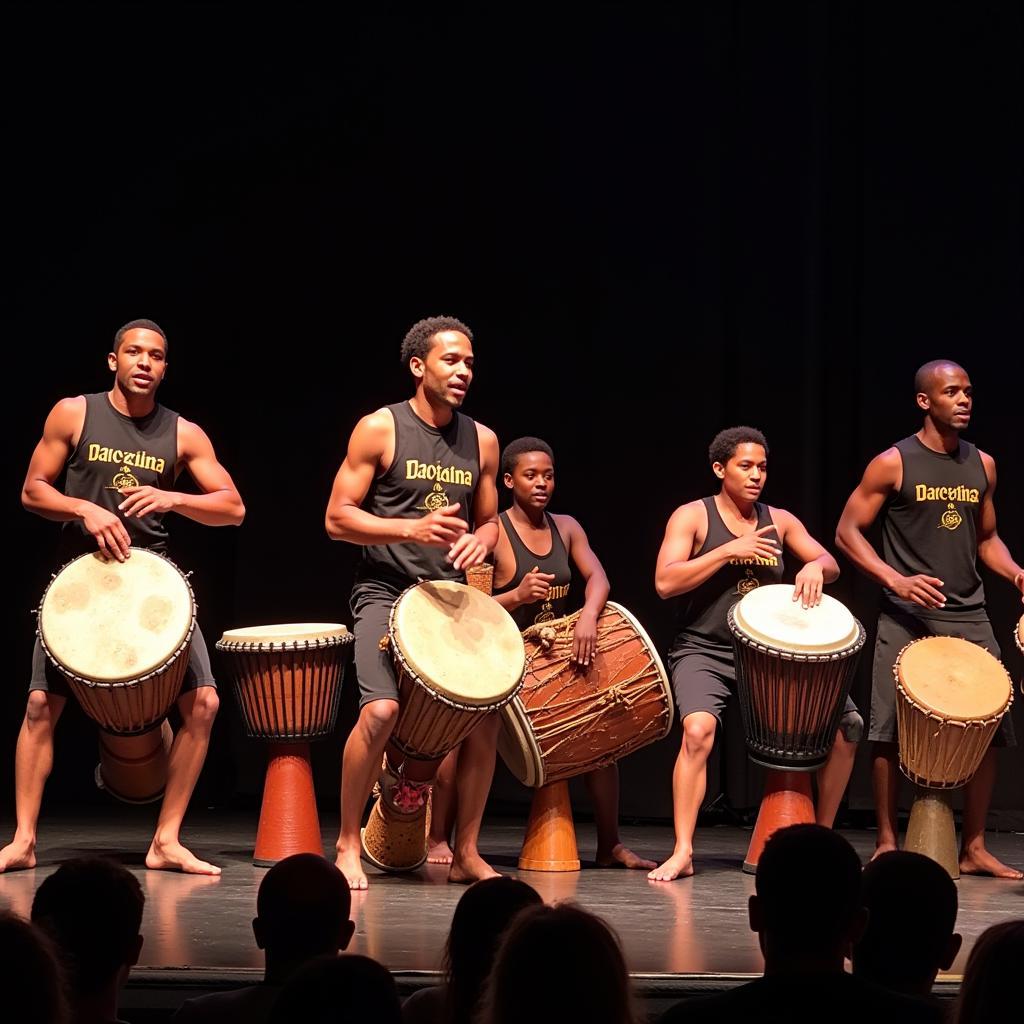 African Drum Performance
African Drum Performance
“The drum is not just an instrument; it’s a voice, a storyteller, a keeper of our history.” – Adisa, Master Drummer from Ghana.
Exploring the Rhythms of Africa
Learning about African drum names is an invitation to delve deeper into the rich cultural tapestry of the continent. It’s a journey that unveils the profound connection between music, spirituality, and community that continues to resonate across generations. As you listen to the diverse rhythms of African drums, remember that each beat carries with it centuries of tradition, stories waiting to be heard, and a vibrant cultural heritage that continues to thrive.
For those interested in learning more about African culture, explore the links below:
- Learn about traditional [African funeral] ceremonies and their significance.
- Discover the vibrant world of [African island dances names] and their cultural origins.
- Explore the symbolism and history behind [African countries with their flags].
If you are eager to discover the divine feminine in African culture, you might enjoy reading about the [African goddess of dance].
Interested in unique instruments? Explore the [African gourd instrument] and its role in traditional music.
Do you have questions about African Drums?
- What are the different types of African drums? The types of African drums are diverse, ranging from the talking drum and djembe in West Africa to the bougarabou in Morocco and the ngoma drums of East and Central Africa, each with unique sounds and cultural significance.
- How are African drums made? Traditional African drums are crafted from natural materials like wood, animal skin (typically goat or cowhide), and ropes. The process involves carving the wood into the desired shape, stretching and securing the skin over the opening, and using ropes or pegs to tune the drum.
- What is the role of drums in African culture? African drums play an integral role in various aspects of life, including rituals, ceremonies, social gatherings, storytelling, and communication. They are seen as a link to the spiritual realm, a means of preserving cultural heritage, and a powerful tool for fostering community.
Explore the rhythmic world of African drums and let their vibrant sounds transport you to the heart of the continent!
Need help? Contact us 24/7:
Phone: +255768904061
Email: kaka.mag@gmail.com
Address: Mbarali DC Mawindi, Kangaga, Tanzania.
